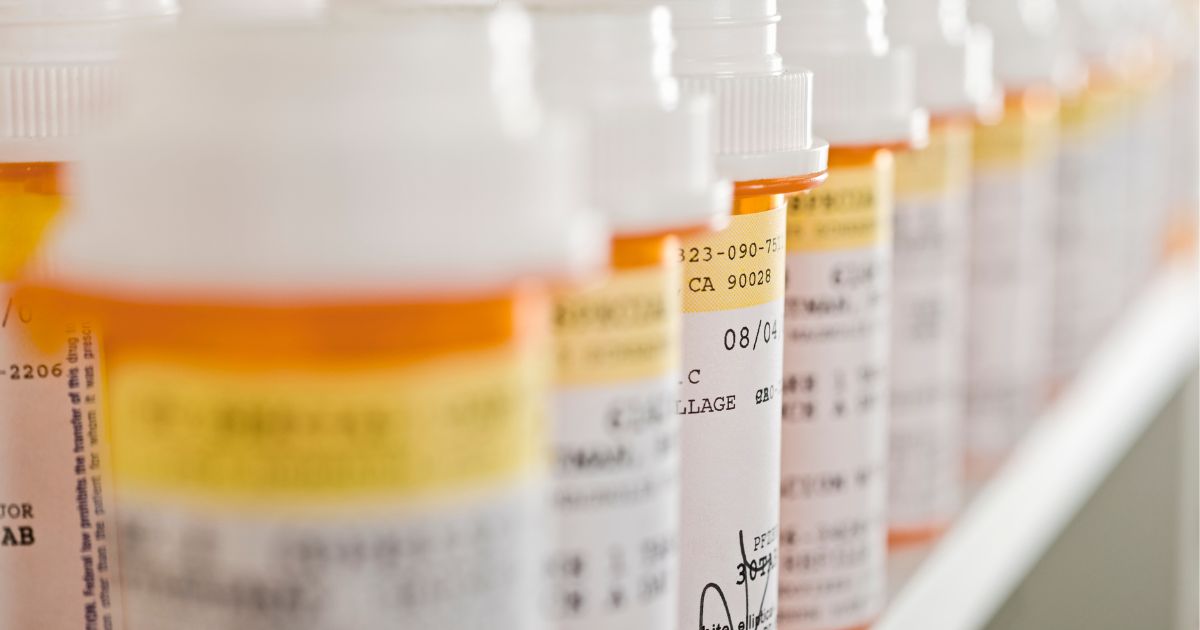What Is Meth?
“Meth” is short for methamphetamine, which is a powerful, highly addictive stimulant that affects the central nervous system. What does meth look like? Well, it comes in several forms, including powder and crystalline (the latter often referred to as “crystal meth”) so identifying is a challenge.
Methamphetamine is known by many street names and nicknames. Some of the most popular street names for crystal meth include:
- Meth
- Crystal meth
- Crystal
- Ice
- Glass
- Crank
- Tina
- Chalk
- Speed (though this can also refer to amphetamines in general)
Methamphetamine is chemically related to amphetamine, which treats certain medical conditions like attention deficit hyperactivity disorder (ADHD) and narcolepsy under strict medical supervision. However, it passes the blood brain barrier more easily, making it much more potent.
Here are some statistics surrounding crystal meth use in the United States:
- A 2009 study found that methamphetamine users were approximately nine times more likely to commit homicide.
- In 2021, 0.9% (or around 2.5 million individuals) of people aged 12 and up reported taking methamphetamine in the previous 12 months.
- Historically, methamphetamine has been a medication primarily taken by middle-aged White Americans. However in recent years, methamphetamine use has surged tenfold among Black Americans.
- In 2021, roughly 32,537 people died from a non-cocaine stimulant overdose. The majority of those incidents involved methamphetamine.
Under the Controlled Substances Act, methamphetamine is classified as a Schedule II drug. This means it has a high potential for abuse and addiction. Some people make the mistake of buying it online, but that has many dangers.
What Does Meth Look Like?
Identifying methamphetamine in a friend or loved one’s possession requires knowing what to look for in terms of its physical appearance. Meth commonly appears as a white to light brown crystalline powder or shiny blue-white rocks.
The powder form can sometimes resemble granulated crystals and might be mistaken for other innocuous substances, though it’s generally finer and more consistent in texture than most household powders. When found in the rock form, meth may look like shards of glass or clear-to-white rocks, which is why it’s often referred to as “ice” or “glass.”
Aside from what meth itself looks like, it’s also important to be able to recognize paraphernalia. For example, a meth pipe is an item commonly found in the possessions of a person addicted to meth. These glass pipes are often distinctive because meth vaporizes when heated, so there may be a lack of residue that you would typically find with other smoked substances.
You might also find aluminum foil with burn marks or straws with residue, which can be used for snorting or smoking the drug. Hypodermic needles or syringes could be an indication of injecting meth, which presents a high risk of transmitting infectious diseases if shared.
Why is Crystal Meth So Addictive?
When a person takes crystal meth they experience a huge release of dopamine. Dopamine is the “reward” neurochemical in the brain. The unnaturally high levels of dopamine reinforce the behavior of drug use, teaching the brain to repeat the action.
This massive dopamine surge, combined with how rapid tolerance is developed, is what makes crystal meth addictive and allows it to access your body system.
Over time, meth can damage the dopamine receptors in the brain, making it difficult to experience pleasure from any other source. This effect can lead to users taking more of the drug in an attempt to achieve the same high, a behavior known as chasing the dragon, which only furthers the damage to their brain chemistry.
Crystal meth also has a longer duration of action compared to other stimulants, like cocaine, meaning that it stays in the brain longer and continues to affect the brain’s chemistry over an extended period. And finally, the withdrawal symptoms of crystal meth incentivize repeat-meth usage.
Get confidential help from our addiction treatment specialists in Orange County. Call to join our rehab program today!
Call 866-881-1184What Are the Dangers of Crystal Meth Addiction?
Crystal meth addiction poses numerous dangers to both physical and mental health.
Here are some of the risks associated with crystal meth addiction:
Physical Health
Prolonged crystal meth use can lead to various physical health problems. These may include dental issues (such as tooth decay and meth mouth), skin problems (like sores and infections), cardiovascular complications, weight loss, and weakened immune system.
Mental Health
Crystal meth can have severe effects on mental well-being. It can cause anxiety, paranoia, hallucinations, aggressive behavior, and psychosis. Long-term use may result in cognitive impairment, memory loss, and difficulty with impulse control.
There are also social risks to crystal meth addiction, such as higher likelihood of involvement in criminal activity and social isolation.
There are also risks that extend beyond the user. Meth production also poses significant environmental risks due to the toxic chemicals used in its illicit manufacture. The scope of these dangers underscores the critical importance of addressing meth addiction as a significant public health issue.
Looking for quality substance abuse treatment that’s also affordable? South Coast accepts most major insurance providers. Get a free insurance benefits check now.
Check Your CoverageMeth Treatment at South Coast Behavioral Health
Methamphetamine addiction is serious but with proper addiction and mental health treatment, recovery is possible. The first step to any successful treatment is a full detox. South Coast Behavioral Health offers a full medical detox program with master ’s-level, certified physicians. Our expert staff will assist you or your loved one in managing meth withdrawal symptoms as they fight to clear the drug from their system.
After detoxing, proper treatment can begin. As with other forms of stimulant addiction, there are a variety of options for treating addiction to methamphetamine:
Inpatient Treatment
Those battling mental health issues or stimulant use disorder can receive support in a highly structured setting at our residential treatment facilities in Costa Mesa, Irvine, and Huntington Beach. There, patients get round-the-clock medical attention and monitoring while living at the institution full-time.
In addition to individual and group counseling, medication management, leisure activities, and family support services, these programs include a variety of therapeutic approaches.
Partial Hospitalization Programs (PHPs)
A step down from inpatient care, partial hospitalization programs provide a higher degree of care than conventional outpatient programs. Those who take part in Partial Hospitalization in Newport Beach can receive care five to seven days a week for several hours each day. Later that evening, they make their way back home.
With the help of these programs, people can continue to recover without putting their daily lives completely on hold, receiving intense therapeutic interventions like group and individual therapy, skill development, and medication management as necessary.
Intensive Outpatient Programs (IOP)
For those leaving inpatient residential treatment or partial hospitalization, intensive outpatient programs are likely your next step.
With a focus on group therapy, individual counseling, and psychoeducation, patients receiving Intensive Outpatient Treatment in Newport Beach typically meet three to five days a week for a few hours each session. Participants can continue their employment or academic obligations while undergoing the support and therapeutic interventions required for recovery with this flexible treatment option.
Start Today
Living under the dark cloud of various drug addictions or substance abuse problems is a real problem. Rehab centers with caring and compassionate counselors can help. If you or a loved one are thinking of getting treatment for methamphetamine addiction but wonder how long addiction treatment is or have other questions, call us at 866-881-1184. Our highly qualified staff will be happy to help give you an idea of what to expect from your addiction recovery timeline, verify your insurance, and help with any other questions you may have. Addiction treatment can turn your life around through programs like medical detox that will get you through meth withdrawal symptoms. Call us today and learn more.
























